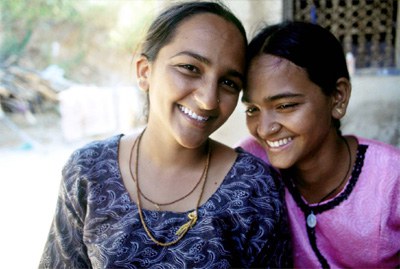
Girls and Women: Mainstreaming HIV and AIDS into DFIDs Strategic Vision
HIV and AIDS disproportionately affect women and adolescent girls. The gendered HIV epidemic has resulted in 52% of people living with HIV being female. 80% of those who provide care are also women. But what are policy makers and those in decision making positions doing to address this issue?
To coincide with International Womens Day, the UK Consortium has produced a policy briefing Girls and Women: Mainstreaming HIV and AIDS into DFIDs Strategic Vision to encourage DFID and other development actors, including our Consortium membership, to take action against the gendered HIV epidemic.
The policy briefing considers how policy makers could better ensure that their efforts to promote gender equality in their work achieve positive changes to address the HIV epidemic. The short-term aim of this briefing is to provide evidence and learning on the linkages between HIV and AIDS and the DFID Strategic Vision for Girls and Women including how this could practically and usefully be reflected in both policy and programming.
This paper centres on programmatic targets set by the UK Department for International Developments (DFID) Strategic Vision for Girls and Women and key bilateral and multilateral aid indicators linked to this policy. It discusses the evidence base that demonstrates the links between the social factors driving the HIV and AIDS epidemic and the gender and development priority areas highlighted in DFIDs strategic vision.
These priority areas are: delay first pregnancy and support safe childbirth; get economic assets direct to girls and women; get girls through secondary school and prevent violence against women and girls.
This paper demonstrates programmatic approaches which DFIDs gender team could include in the implementation of the Strategic Vision programme of work to ensure an effective HIV and AIDS response is mainstreamed into their objectives. (March 2012)
